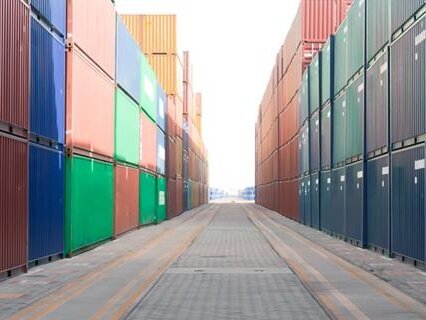TT Talk - Evidencing security through the supply chain

A question was recently raised concerning rail carriers in the US changing seals without notifying the carrier. CTPAT guidelines clearly state that seal integrity must be maintained during transit. Thus, any change should be fully recorded, including the reason. Furthermore, as highlighted in TT Talk 111, 12 Sep 2008, US Customs & Border Protection requires that all laden containers entering the US by sea must have seals that meet the ISO standard - being now 17712:2010, which was released in final form in September 201
Container Security
Consolidators should ensure that all contracted service providers have procedures in place to maintain container integrity. Container integrity must be maintained to protect against the introduction of unauthorized material and/or persons. At point of stuffing, procedures must be in place to properly seal and maintain the integrity of the shipping containers. A high security seal must be affixed to all loaded C-TPAT importer containers bound for the U.S. All seals must meet or exceed the current PAS ISO 17712 standards for high security seals.
Container Inspection
Procedures must be in place to verify the physical integrity of the container structure prior to stuffing, to nclude the reliability of the locking mechanisms of the doors. A seven-point inspection process is ecommended for all containers:
Container Seals
Written procedures must stipulate how seals are to be controlled and affixed to loaded containers. Procedures must be in place for recognizing and reporting compromised seals and/or containers to U.S. Customs and Border Protection or the appropriate foreign authority. Only designated employees should distribute container seals for integrity purposes. seal security breach should be identifiable as occurring in a specific leg of the supply chain and it would be more difficult for unauthorised personnel to breach the containers without an indication of at least where the breach had taken place. Naturally, continuous improvement (under ISO 28000) would seek to eliminate this form of potential and actual breach in the medium term.
As identified in the Club's handbook on Supply Chain Security, implementation of ISO 28000:2007 by carriers - including rail carriers - would ensure that the issuance, validation and verification of seals would be recorded by the quality security management process. Thus, any
- Front wall
- Left side
- Ceiling/Roof
- Outside/Undercarriage
- Inside/Outside doors
- Right side
If operators are faced with a situation where rail carriers are not following the guidelines set out below, it is recommended that these sub-contractors are reminded of the security requirements and required to set up a process to notify the carrier of any seal changes during transit. Any such notification should be retained for audit trail purposes.
Quoting from C-TPAT (http://www.cbp.gov/xp/cgov/trade/cargo_security/ctpat/security_guideline/guideline_air_freight.xml):
- Author
- Staff Author
- Date
- 28/10/2010





